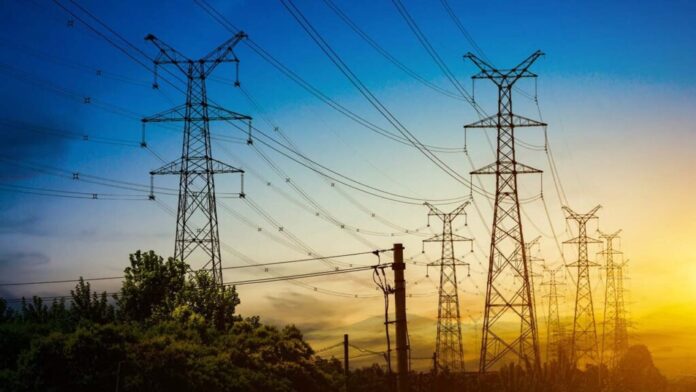Foreign direct investment (FDI) in Pakistan’s energy sector, including power and oil and gas exploration, reached $585.6 million during July-September 2024-25 (Q1FY25), a significant increase from $266.3 million in the same period last year (Q1FY24).
The power sector remained the largest recipient, followed closely by financial services and oil and gas exploration, showcasing 119.9 percent growth over the first quarter compared to last fiscal year.
The Overseas Investors Chamber of Commerce and Industry (OICCI) highlighted Pakistan’s heavy reliance on a few sectors and a single dominant investor, urging the need for a diversified FDI strategy.
Meanwhile, the State Bank of Pakistan (SBP) reported a 48 percent increase in FDI, with inflows reaching $771 million in Q1FY25. Although growth in FDI is evident, the OICCI emphasized that this reliance on limited investors and sectors may hinder long-term stability.
China led the investment charge with $404 million in Q1FY25, accounting for 52 percent of Pakistan’s total FDI, including $244.8 million in September alone.
Other contributors included Hong Kong ($99 million), the UK ($72 million), and the US ($29 million), indicating some diversification. Despite the potential, structural challenges such as political instability, security concerns, and regulatory obstacles continue to constrain FDI.
The OICCI report noted that while the China-Pakistan Economic Corridor (CPEC) has positioned Pakistan as a critical trade hub, recent geopolitical shifts, including the US-China trade conflict, introduce new complexities. Global economic factors, such as rising interest rates and exchange rate volatility, also impact capital availability and investor confidence.
Global FDI patterns reflect ongoing turbulence, with the pandemic causing a 42 percent drop in 2020 before rebounding in 2021. In Pakistan, however, FDI remains inconsistent, fluctuating between $1.5 billion and $2.5 billion over the last decade, with a recent decline due to political and economic instability.























